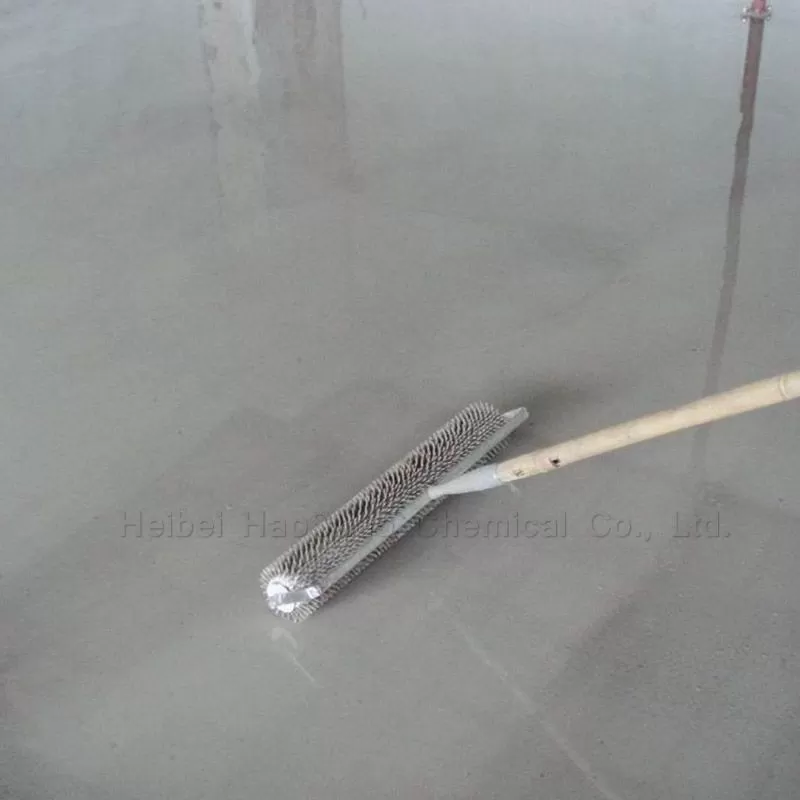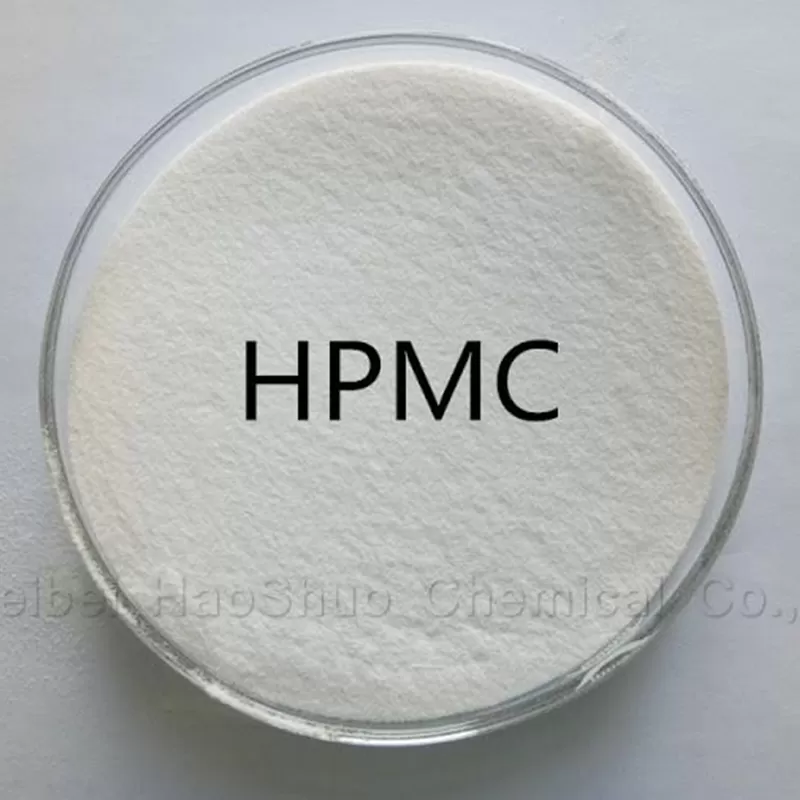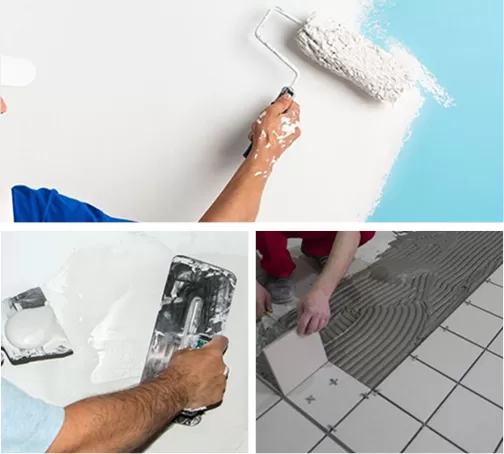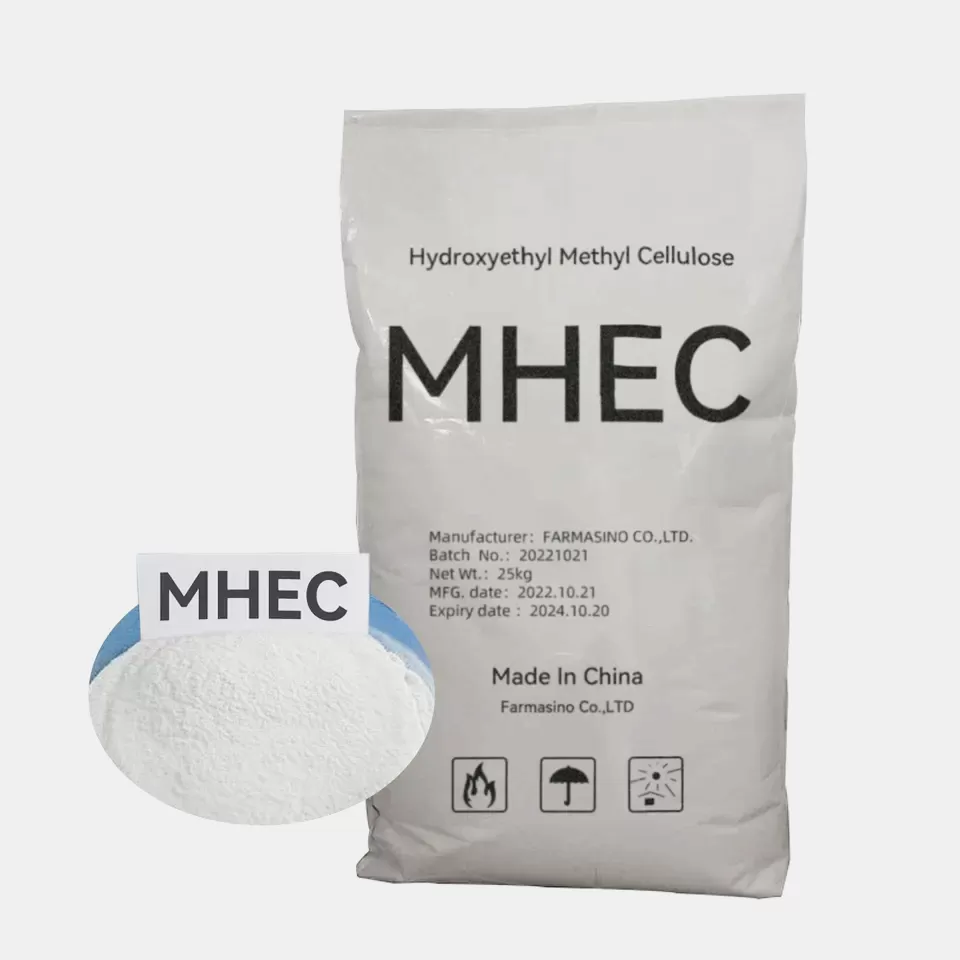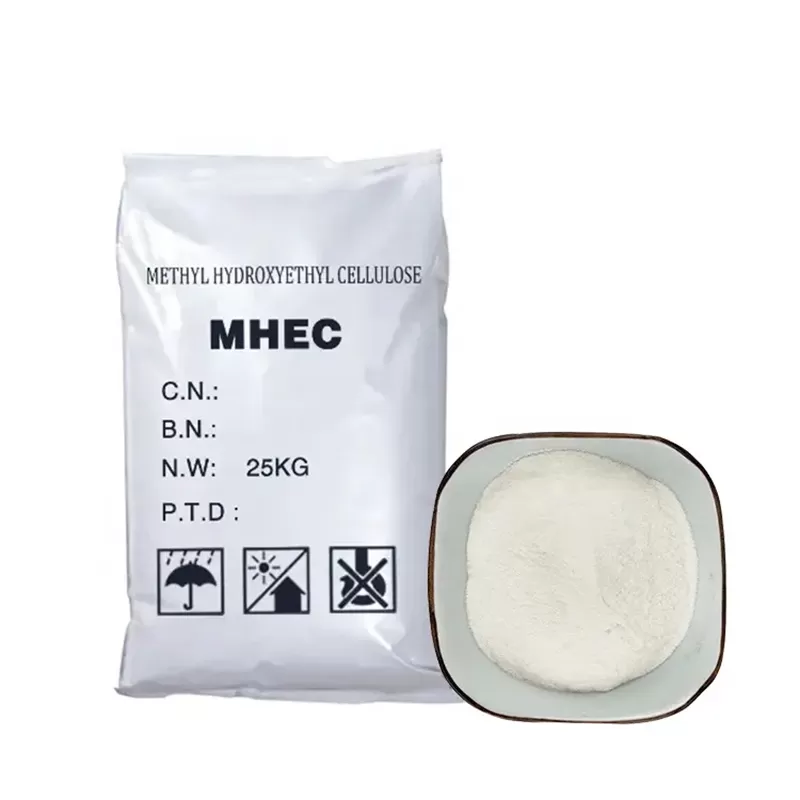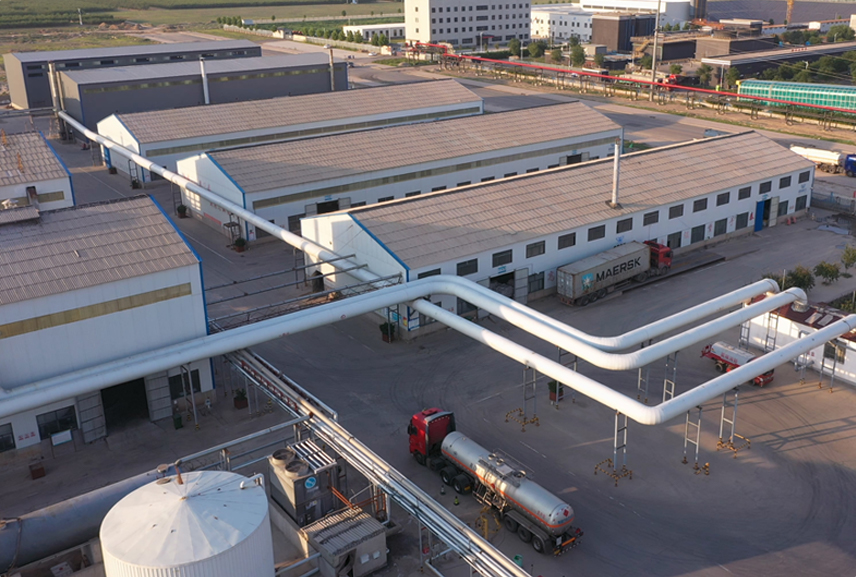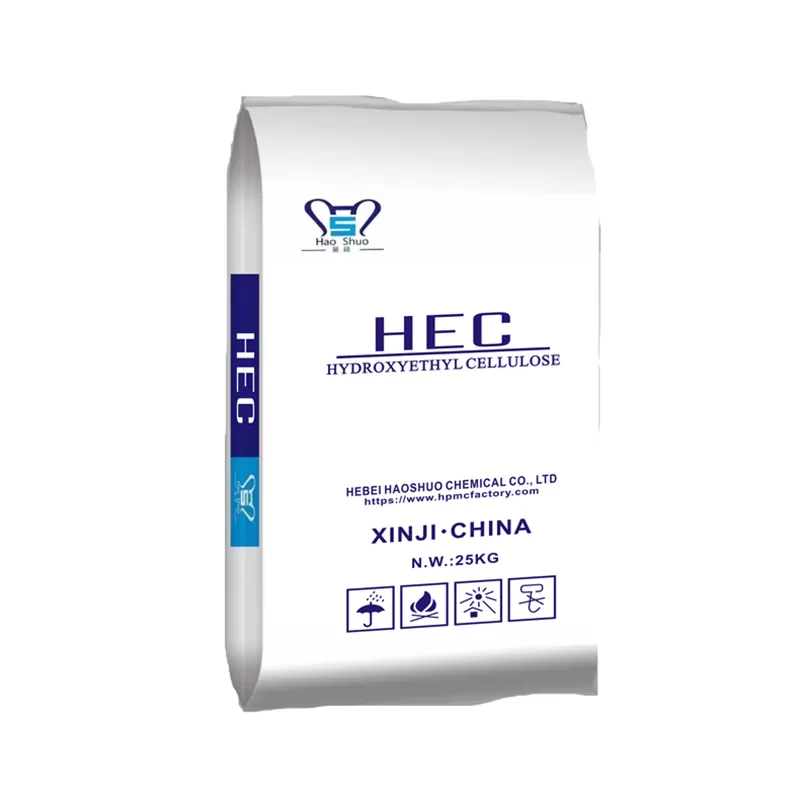Hydroxyethyl methyl cellulose is mainly used in interior and exterior wall putty powder, tile adhesive, tile jointing agent, dry powder interface agent, interior and exterior wall insulation mortar, self-leveling mortar, repair mortar, decorative mortar, waterproof mortar, etc.
Haoshuo, as a Chinese MHEC powder manufacturer, can customize solutions according to your needs, provide you with the most suitable products for you, and have the most competitive prices
HaoShuo MHEC powder uses
1. The synthesis of latex and the formulation of water-based coatings
In the components of emulsion coatings, MHEC (Hydroxyethyl methyl cellulose) from Haoshuo serves several important functions. It prevents the gelation of pigments, aids in pigment dispersion, stabilizes the latex, and can increase the viscosity of the components. MHEC powder exhibits good compatibility with other materials in the formulation, such as pigments, additives, fillers, and salts. Coatings thickened with Hydroxyethyl methyl cellulose exhibit good rheological properties at various shear rates and possess pseudoplasticity. They can be applied using various methods such as brushing, rolling, or spraying. These coatings are easy to work with, as they are less prone to dripping, running, splattering, and have good leveling properties.
2. Oil drilling
In the context of oil drilling and extraction, high-viscosity MHEC powder is primarily used as a thickening agent in drilling and completion fluids. Low-viscosity MHEC is used as a fluid loss reducer. MHEC powder serves as a thickening agent in various drilling, completion, cementing, and fracturing fluids, ensuring that mud has good flowability and stability. In drilling, it can enhance the mud's ability to carry rock cuttings and prolong the life of the drilling bit. In low-solids drilling and completion fluids, MHEC's excellent water loss control properties help prevent significant water infiltration into the wellbore, improving wellbore stability.
3. Construction
Hydroxyethyl methyl cellulose MHEC can be used in construction products such as concrete mixes, freshly mixed mortar, gypsum plaster, or other mortars to provide water retention during their construction process before setting and hardening. In addition to improving the water retention properties of construction products, MHEC thickener can also extend the workability and open time of plaster or mortar. It helps reduce issues like skinning, slumping, and sagging.
4. Cosmetics and Detergents
HEMC (Hydroxyethyl methyl cellulose) is an effective binder, thickener, stabilizer, and dispersant used in various hair care products such as shampoos, hair sprays, conditioners, and cosmetics. In these products, it helps improve the texture, consistency, and stability of formulations.
In addition, water soluble MHEC CAS9032-42-2 is also utilized as an anti-redeposition agent in detergent powders. This means it helps prevent dirt and soil particles from reattaching to fabrics during the washing process, thus aiding in the overall cleaning efficiency of laundry detergents.
5. Macromolecule polymerization
MHEC (Hydroxyethyl methyl cellulose) serves as a dispersing, emulsifying, suspending, and stabilizing agent in the polymerization or copolymerization components of synthetic resins. It can be used to protect colloids in these processes. Its key characteristics include strong dispersion capabilities, resulting in products with thin "skins" on particles, fine particle size, uniform particle shape, a loose structure, good flowability, high transparency, and ease of processing.
6. Other
Cellulose thickener MHEC is used in pesticide emulsion and suspension formulations as a thickening agent for spray emulsions or suspensions. MHEC powder is also employed in various other applications, including cleaning agents, polishing compounds, electroplating inks, insecticides, fire-resistant pencil materials, ceramics, cushion padding, tobacco products, welding fluxes, and cable filling compounds, where it serves as a water-resistant powder to prevent moisture infiltration into cables.
Considering to buy hydroxyethylcellulose from reliable manufacturer?

For the preparation of aqueous solutions containing MHEC, the following recommended procedure should be followed:
1. Begin by agitating water thoroughly to ensure uniformity in the solution. Gradually introduce MHEC into the agitated water to prevent the formation of lumps.
2. Continue adding MHEC powder until it is completely incorporated into the water, making sure to complete this step before any notable increase in solution viscosity occurs.
3. Maintain continuous agitation until all the added MHEC powder is fully dissolved. To facilitate the dissolution of Hydroxyethyl methyl cellulose MHEC, consider employing one of the following methods:
a. Wet Hydroxyethyl methyl cellulose MHEC with a water-compatible alcohol before introducing it into the water.
b. Blend MHEC with another powdered substance that is either immiscible with water or exhibits low solubility in water.











